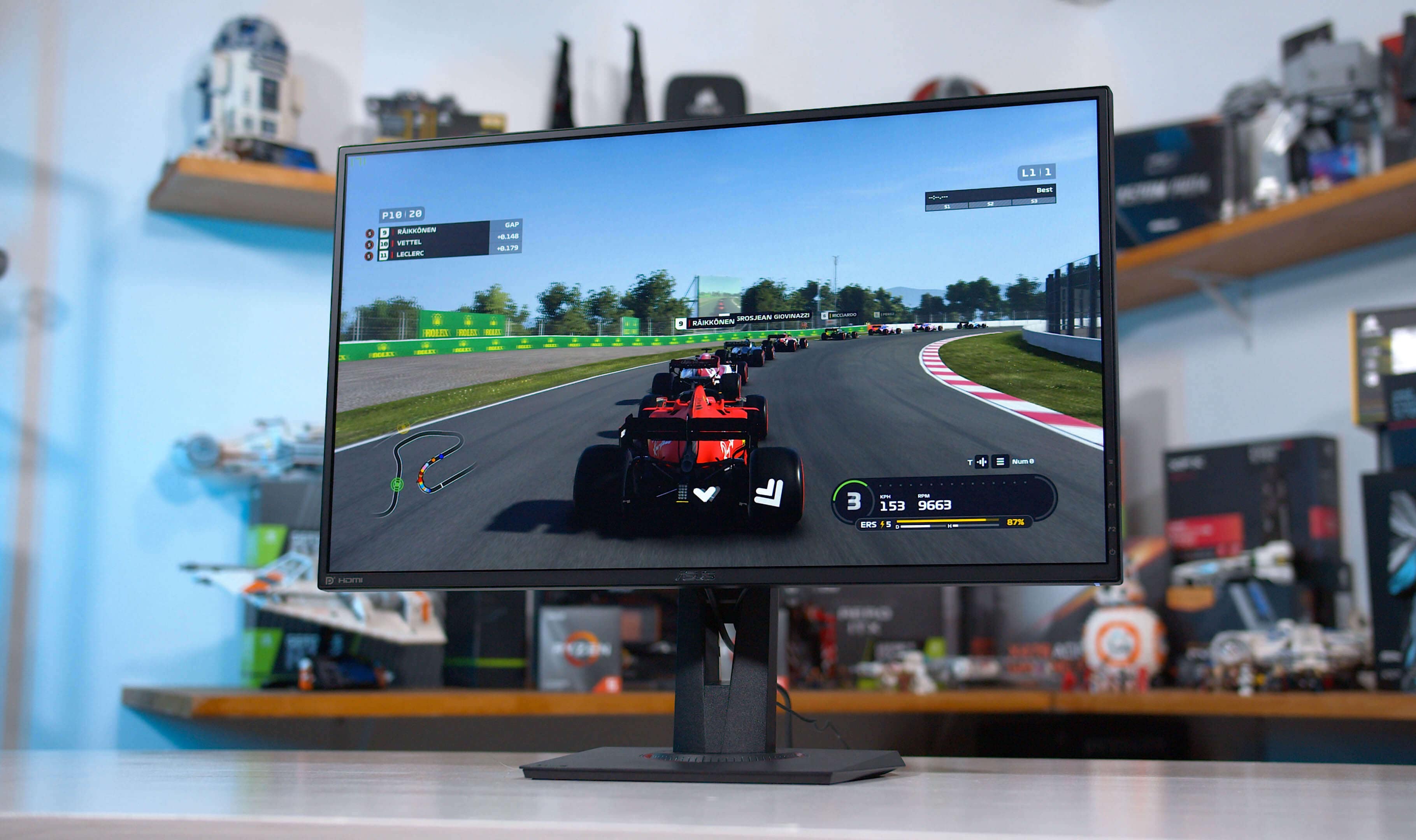We continue our look into the latest generation of high-refresh IPS gaming monitors with a review of the Asus TUF Gaming VG279QM. This affordable monitor can "overclock"...

www.techspot.com
"Thus, overdrive 80 is the best for gaming at the maximum refresh rate, but it isn't as suitable for lower refresh rates. In my testing I found the mode to be fine up until 200 Hz or so, but when dropping down to 144Hz and below, we start to get significant levels of overshoot. While response times are consistently between 3 and 4ms, at any refresh rate below 144Hz you'll easily spot inverse ghosting. "
"
For gaming across the adaptive sync range, we're then left with two options: OD 40 and OD 60. As mentioned a moment ago, OD 60 is actually slower on average, and this holds throughout the entire refresh range. While 60 delivers around a 5.2ms grey to grey average at most refresh rates, OD 40 is more around 4.6ms, so roughly 10-15% faster. And from the response time charts you can see how the overdrive implementation seems to change between the two options.
OD 40 also fairs a little better at lower refresh rates than OD 60. At 85Hz for example, OD 60 produces an average error of 5% with 15% of transitions producing noticeable inverse ghosting. With OD 40, the error average is slightly lower and we have just 8% of transitions with inverse ghosting. This is, again, despite OD 40 being faster overall."






